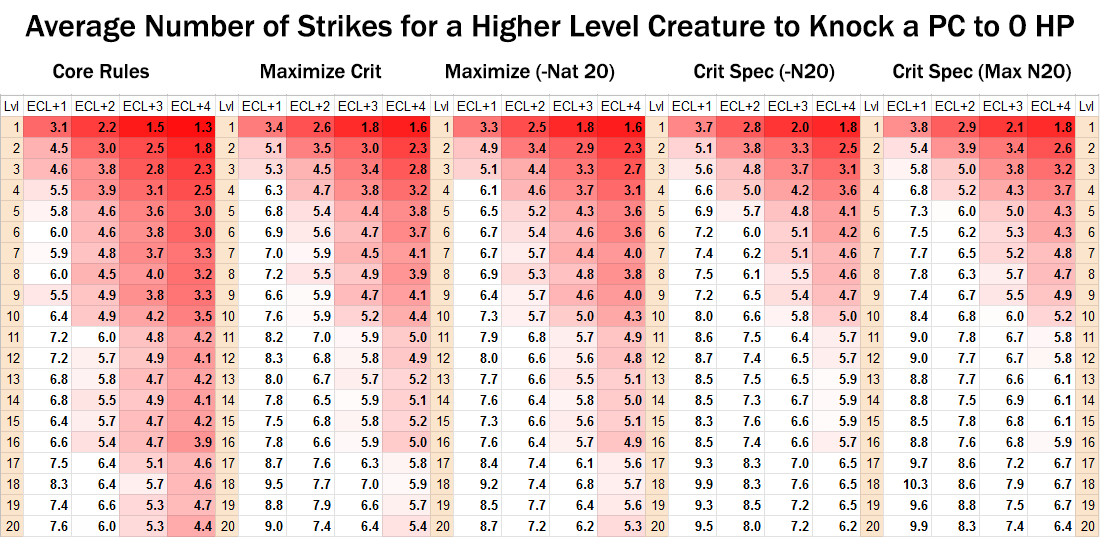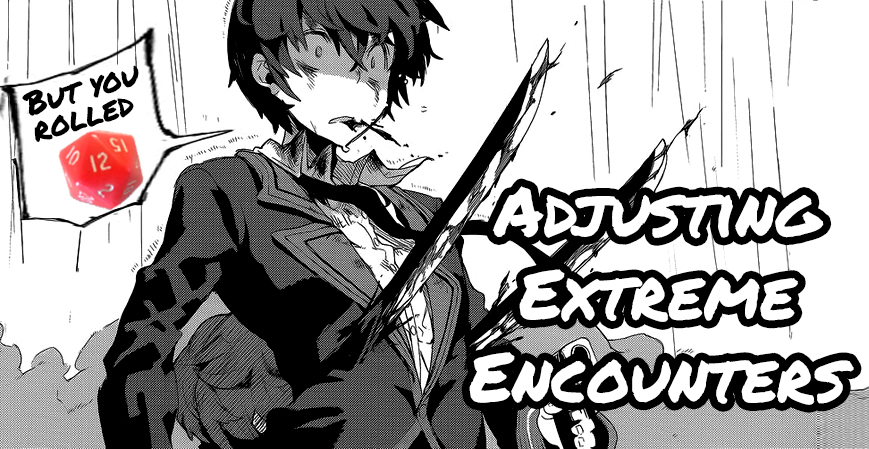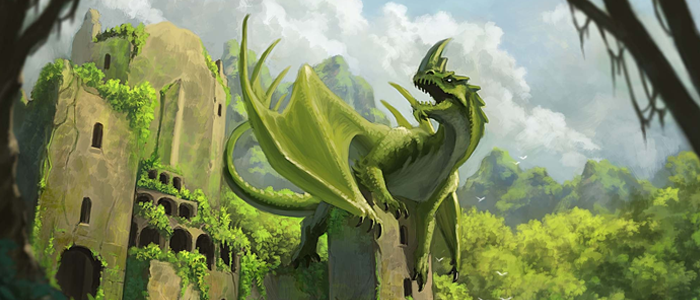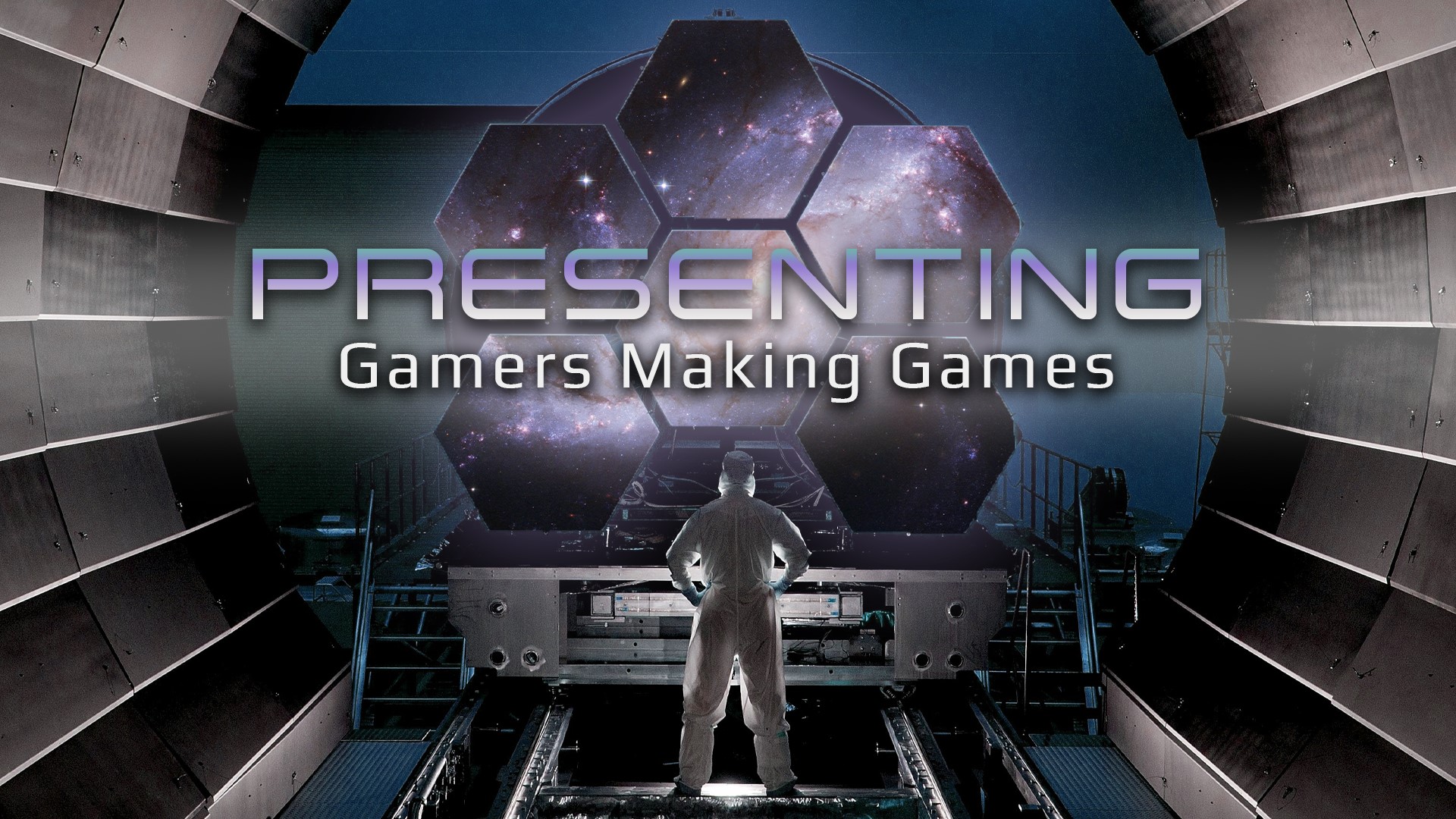“The only thing that sucks more than getting ‘one-shot’ is knowing the GM rolled a 12.”
Pathfinder Second Edition’s tight math has given us the gift of monsters usable in more than one tier of play. Any entry in the Bestiary is theoretically a viable challenge for 9 different levels of characters. But I have to say “theoretically”, as blindly following the Encounter Building rules will cause problems. Most of these can be overcome by reviewing a monster’s suite of abilities and your player’s capabilities. Much like an evil overlord toying with the intrepid young protagonist, a GM should avoid using severe- or extreme-threat creatures until they have a strong sense of a party’s strengths and weaknesses. Effects that target multiple characters, unusual movement speeds, and incapacitation effects can turn what should be a severe-level threat into a guaranteed TPK. And oftentimes you need potential ECL+4 encounters specifically because they are designed so the players can’t win. But one problem I think I can solve for when you want your PCs to have a fighting chance against extreme- and severe-level threats are the oppressive nature of critical hits.
The Problem

The first chart uses the core rules. The others are variants I will present below. You can double-check my data here.
Higher-level enemies crit often and hit hard. Extreme- and severe-threat creatures will crit between 30% and 50% of their Strikes. A critical hit following a normal strike is often enough to completely take a player out of the encounter. Healing an unconscious PC in battle is a huge risk if the boss is still engaging them in melee. While hero points can help a player survive, that’s not always an option and some players don’t appreciate their role in a party being rag-dolled just to use up a creature’s actions while the rest of the party gets to continue actively participating in the encounter.
Solo enemies need critical hits. A party has way more combined actions per round than a solo enemy. Each round this variance in the action economy gets progressively worse. Critical hits help even the odds by effectively giving a monster a bonus strike without affecting their multiple attack penalty, removing a player character from the encounter, and thus evening out that progressive deluge of actions.
But players are no longer players if they can’t play. Some players may enjoy knowing they kept a monster busy for two rounds before they were reduced to set dressing. But many players will quickly lose interest in an encounter if their character is no longer conscious. This can have wide-ranging effects on both sides of the screen, including players feeling like their contributions are inadequate, and GMs pulling too many punches for a game to feel like a challenge.
The Solutions
These Solutions Aren’t for Everyone. Some campaigns can work fine using the default critical hit or weak/elite adjustment rules. Which rule you use can and should change from table to table and level to level. See “No Solution is Static” in the Conclusion below.
Optional Rule 1: Maximize Damage Die.
When a monster scores a critical hit with a Strike, it deals damage as though all variable numeric effects of the attack that would normally be doubled on a crit are instead maximized.
Advantages: This lowers the average damage of a critical hit by removing additional static damage. It also makes critical hits more consistent, which makes explosions of damage easier for players to manage.
Disadvantages: Some groups may feel the game’s verisimilitude slipping if every monster has a set number that healers can prepare to counter. The natural 20 exception can mitigate this.
Natural 20 Exception: You can still double the damage normally on a Natural 20. As you can see comparing Chart 2 and Chart 3 belows, this doesn’t significantly impact average damage, but can still cause moments tables may not appreciate.
Optional Rule 2: Critical Specialization
When a monster scores a critical hit with a Strike, it does not deal extra damage. Instead, the monster applies a critical specialization effect. In addition to these effects, Strikes with different weapons may have unique effects depending on the nature of the encounter and the weapon in question, such as improving a monster’s “Grab” to “Improved Grab” on a Critical Hit.
Advantages: This adds a layer of thematic flavor to a monster’s attacks and can help offset the otherwise overwhelming advantage of a party’s action economy against a solo boss without relying on raw damage, especially with effects that use up actions such as knocking targets prone, moving them, slowing them, and/or stunning them.
Disadvantages: This is extra work for a GM, especially if they use monsters with unique natural attacks. Not all the critical specializations are as useful for solving our problem and may induce additional problems, especially the Spear and Sword. Some battles could get boring if a monster doesn’t deal the extra damage on a critical hit, so you might want to try to two exceptions to this rule to help players on their toes.
Natural 20 Exception: The monster still deals double damage with a Strike on a Natural 20. You have to decide on a case-by-case basis whether or not the creature should also get the Critical Specialization effect, but usually the extra damage is enough.
Maximize Damage Die Natural 20 Exception: When a creature hits with a Strike on a Natural 20, it deals damage as though all variable numeric effects of the attack that would normally be doubled on a crit are instead maximized. You have to decide on a case-by-case basis whether or not the creature should also get the Critical Specialization effect, but usually the extra damage is enough.
Conclusion
No solution is perfect. Use these charts when designing the comfort level of your solo encounters, but realize that player preference, party composition, and monster specifics will cause all this data to go awry. This is meant to help you gauge encounters vaguely, so when keeping track of your campaign’s past encounters using “Strikes Per PC” to determine your player’s comfort level, try to note when encounters were thrown due to a unique ability or unfortunate streak of bad dice rolls. You can even use one rule against ECL+2 encounters and a completely different rule in an ECL+4 encounter!
There are many factors at play that I can ignore, but your table cannot. No two campaigns are the same and the data here is intentionally oversimplified. The charts account for critical hits and assume average stats all around. So be warier of monsters with above-average offensive capabilities and PCs with below-average defenses! A GM has to adjust, and that often means learning your party’s strengths and weaknesses by watching their encounters against moderate threats first.
When uncertain, don’t forget Weak/Elite adjustments. This is especially true for physical combatants using high damage strikes. Archives of Nethys makes this extremely easy if you are using published creatures!
The first 3 levels are the most dangerous. Low-level characters have fewer reactions, action choices, consumables, and debilitation effects against mid-level monsters with more buffs and MAP mitigation. The math also suggests that most PCs at levels 1~4 can be easily taken out by a severe or extreme threat in a single round! But this also suggests the first three levels are the best time for a GM to learn a party’s strengths and weaknesses before subjecting them to a higher level threat!
In Conclusion. Pathfinder is about making the game your own and you should be eager and willing to adjust the rules if you find your group has more fun. I feel as though this rule alone doesn’t resolve all the problems my players have with severe- or extreme-threat encounters, but I’m going to leave that for my next article as we tackle the issue of monster defense in severe- and extreme-threat level encounters!






